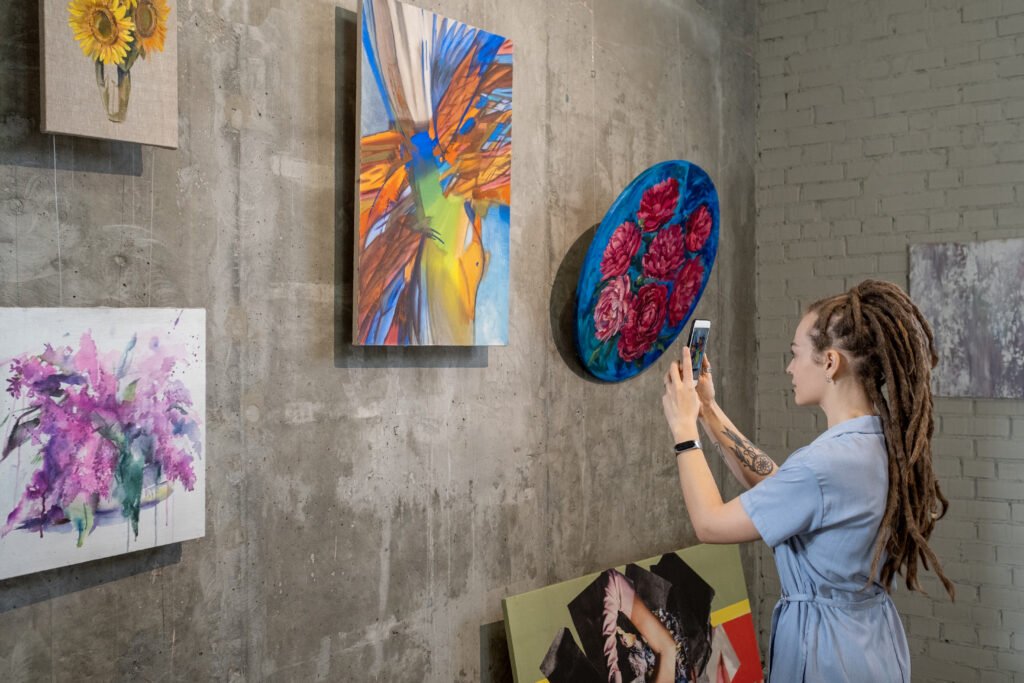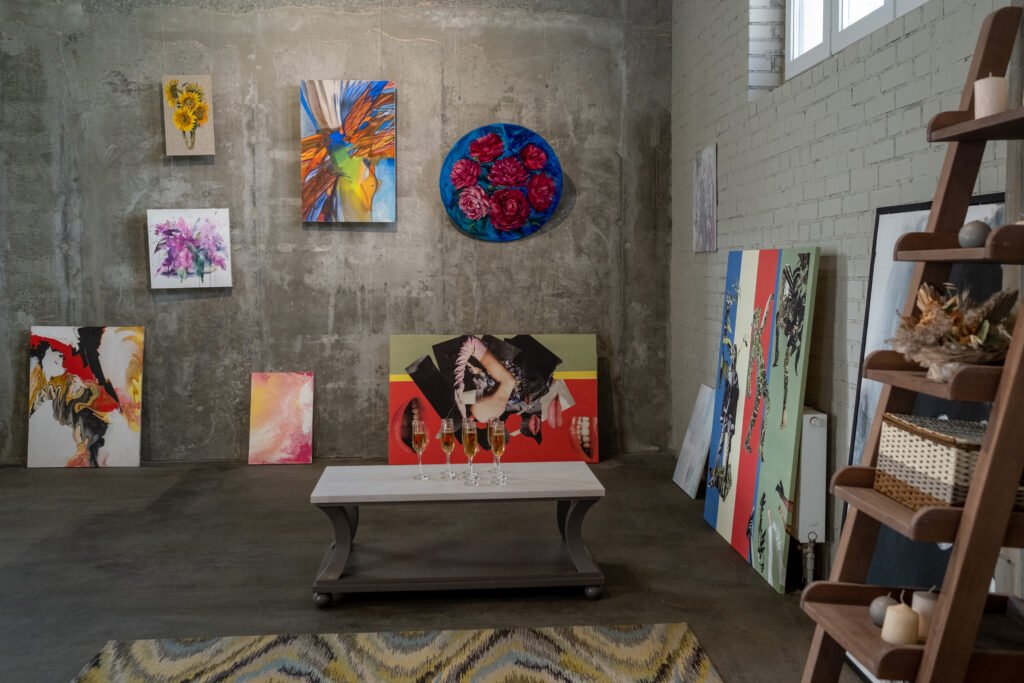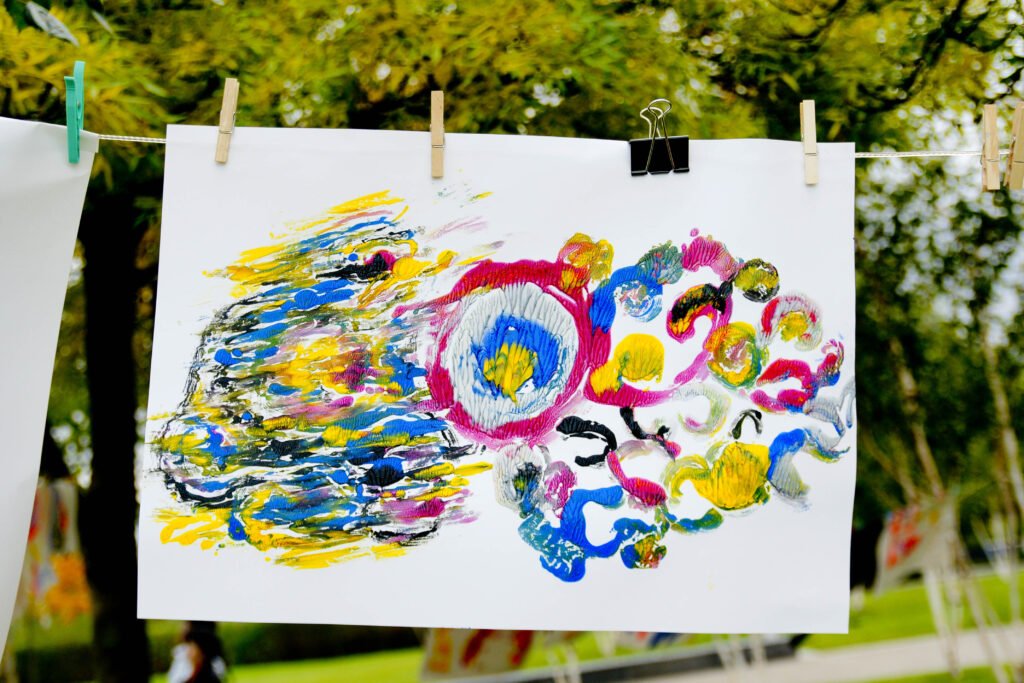Abstract art has claimed a permanent place in interior design. Its free forms, vibrant colors, and open interpretations create unique environments that reflect the personality and emotions of those who inhabit the space. More than just an aesthetic complement, it serves as a central element in harmonizing the ambiance.
When opting for decorating with abstract art, architects and designers aim not only to fill walls but also to evoke sensations. As Wassily Kandinsky states in Concerning the Spiritual in Art, “color is a means of exerting a direct influence upon the soul.” This subjective impact transforms living rooms, bedrooms, or offices into places that communicate profound feelings.
How Abstract Art Transforms Spaces
The strength of abstract lies in its ability to adapt to different interior styles, from minimalism to maximalism. Bold, colorful works can bring energy to neutral spaces, while softer tones offer balance and serenity. For this reason, when buying abstract art paintings, it’s essential to consider the room’s color palette and available lighting.

According to History of Modern Art by H. H. Arnason, the abstract movement broke away from literal representation, allowing the observer to construct their own meaning. In interior design, this means each visitor can have a unique experience with the same artwork. It’s no coincidence that renowned galleries such as the MoMA dedicate large spaces to abstract art, also inspiring residential design.
Additionally, abstract art can serve as a focal point. A large canvas on a living room’s main wall, for instance, directs the eye and creates a visual narrative connecting all decorative elements.
Tips for Choosing and Applying Abstract in Décor
Selecting the right piece involves more than personal taste; it’s a process combining artistic sensitivity and design strategy. Key points include:
- Proportion and scale: small paintings can “disappear” on large walls, while oversized pieces can overwhelm the space.
- Colors and contrasts: matching artwork colors to existing décor ensures harmony; intentional contrast can create impact.
- Theme and energy: although abstract, each work transmits a specific energy — dynamic, calm, or provocative — that should align with the room’s purpose.
- Conscious investment: when buying abstract art, consider emerging artists, reputable galleries, or specialized auctions.
An inspiring example comes from the Tate Modern, which often features abstract installations integrated into architectural spaces, showing how art and environment can interact organically.
Personal Expression at Home
Beyond aesthetics, abstract art is a tool for personal expression. Incorporating it into décor means placing a piece of your identity in the space. In Interiors: The Greatest Rooms of the Century, Phaidon highlights that “the most memorable interiors are those that reveal the soul of their inhabitants.” Including abstract paintings in your home is a way to communicate emotions, stories, and worldviews.
The result is an environment that transcends functionality, becoming a place of daily inspiration. This emotional connection is what makes decorating with abstract art a timeless choice.



